UNL study finds non-flex fuel vehicles can adapt to E30 gasoline without performance compromise; fuel efficiency comparable to E15
Green Car Congress
AUGUST 9, 2021
A team at the University of Nebraska-Lincoln has investigated the long-term adaptability and economic feasibility of non-flex-fuel vehicles—vehicles designed to use fuel blends containing 85% ethanol (E85) or less—to consume a 30% ethanol (E30) fuel blend.









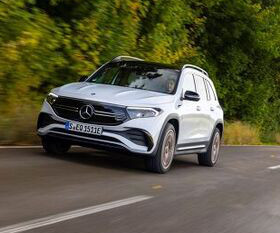


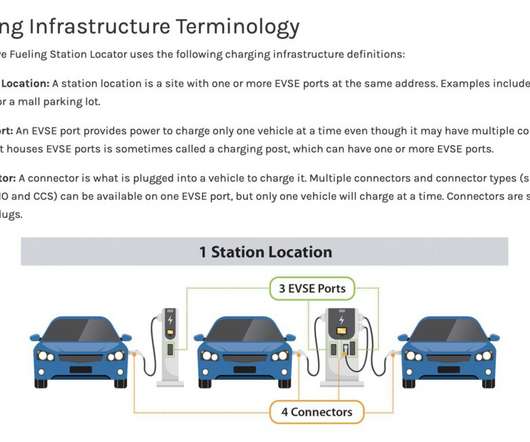

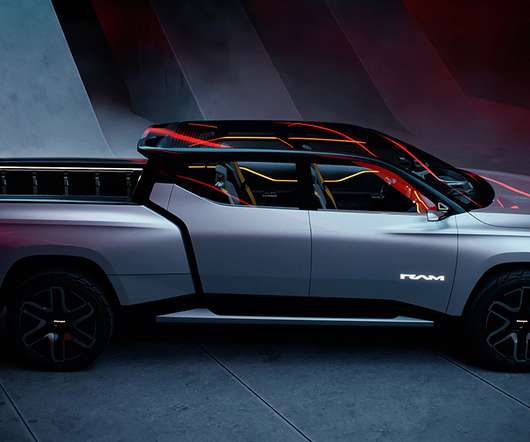



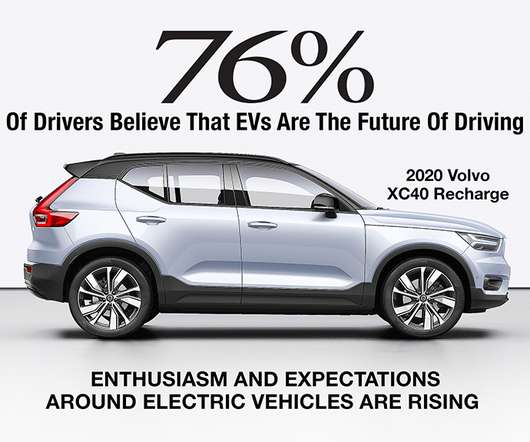



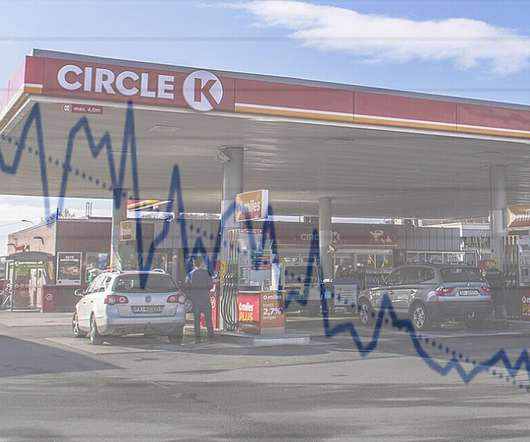
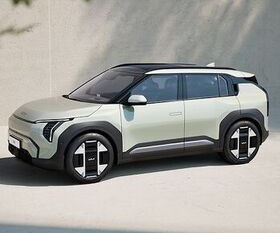




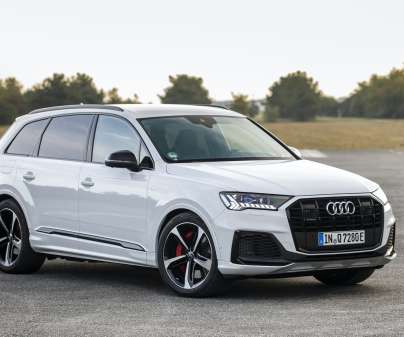








Let's personalize your content